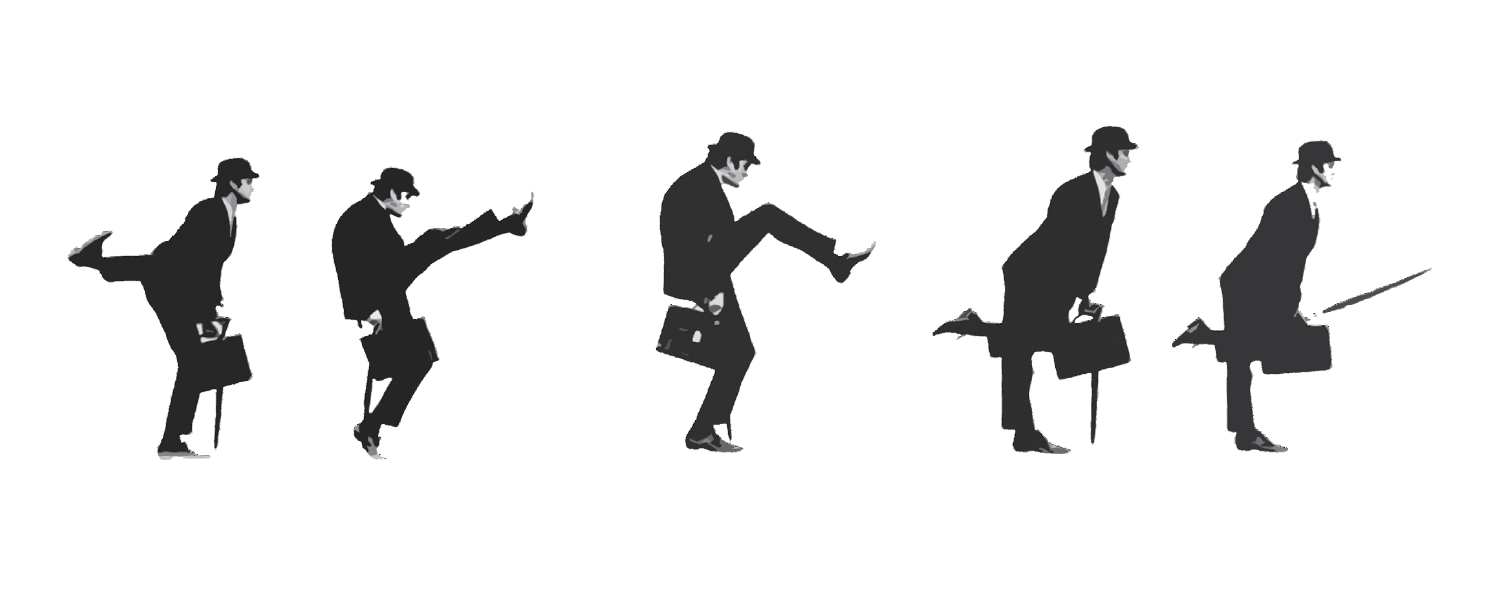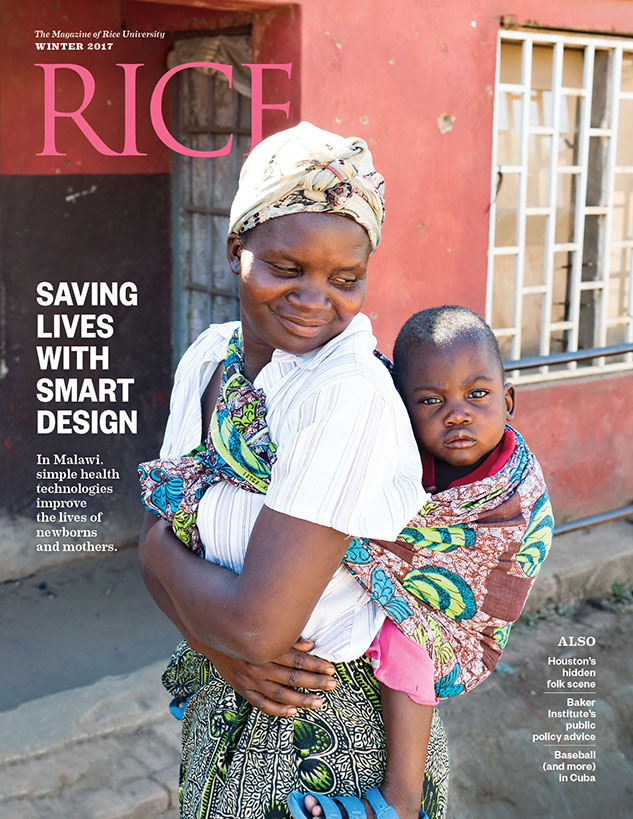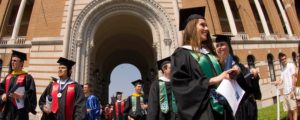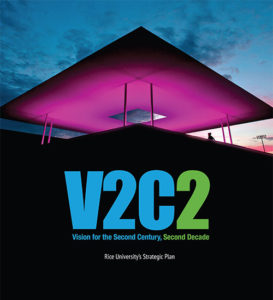Few Rice campus pedestrians give much thought to walking, apart from the constant vigilance required to dodge errant skateboards. But for Andrew Klein’s first-year writing students, the simple act of putting one foot in front of the other has become layered with new meaning. Klein’s course, Ways of Walking, examined the cultural and historical significance of walking in its many forms: going on a pilgrimage, taking a nature hike and marching in protest or off to war, among others. While researching his dissertation, Klein (who earned his Ph.D. from Rice in 2013) was struck by the perambulations of several 20th-century American poets, including Walt Whitman, Wallace Stevens and Frank O’Hara. O’Hara’s habit of writing poems during lunchtime walks particularly inspired Klein — and this class. We sat down with Klein and his students to discuss the path from walking to enlightenment.
[tw-divider][/tw-divider]
FWIS 164 – Ways of Walking (Fall 2015)
DEPARTMENT: Program in Writing and Communication (pwc.rice.edu)
DESCRIPTION: This course explores the act of walking in theory and in practice. Through readings, discussions, writing assignments, and group and individual walks, it examines questions about the body and its movements; the construction and navigation of space; the planning of cities and parks; and the relationship between walking and thinking.
MAIN PHOTO: An image from Will Rice freshman Bryce Hackett’s photo essay
[tw-divider][/tw-divider]
COURSE HIGHLIGHTS
Most radical walkers The Situationists were a group of artists and thinkers active during the 1960s, particularly in Paris, who cultivated an experimental walking practice they called a derive. “A derive — it literally means ‘drifting’ — is where you try to lose your typical flow through the city and drift,” Klein said. “They had a political slant, a form of social protest, going on, too.”
Most contemplative walkers
Monks in the Tendai school of Buddhism — the so-called “marathon monks” — follow a millennium-old practice of circumnavigating Japan’s Mount Hiei every day as part of the path to enlightenment.
Biggest misconception
Manika Daruka, a Lovett College freshman, found that her peers were sometimes baffled to learn that she was studying walking. Walking, she explained, is a vehicle for deeper analysis of issues ranging from urban planning to the perception of reality. “Our class conversations ventured into all different areas, covering history, sexuality, racism, etc.,” she said.
Most eye-opening assignment
For her book “On Looking,” the author Alexandra Horowitz walked the same neighborhood with 11 different “experts,” including a geologist, a sociologist and an artist — as well as with a child and a dog — to see the same space from very different perspectives. “We did that on campus, with students walking around trying to perceive their surroundings through a different specialty lens,” Klein said.
Student insights
Another assignment was a street photography project in which students created photo essays around themes of their choosing. Ani Kunaparaju, a Jones College freshman, explored Houston
with an eye to the sights he usually misses by staring at his smartphone. His essay was a series of photo collages that featured his phone screen in the center, surrounded by the images he captured by looking around instead. The assignment was a highlight of the class, according to Kunaparaju, and it changed the way he walks. “Walking has become like watching a movie.”
— Jennifer Latson






